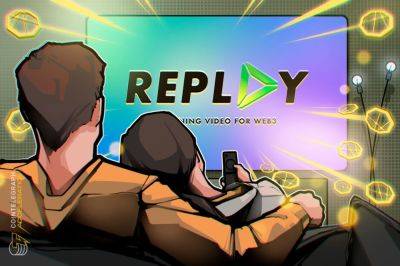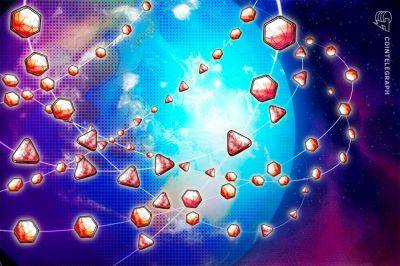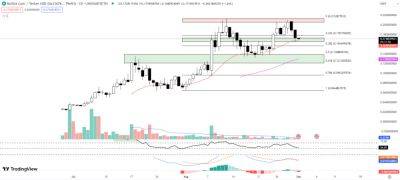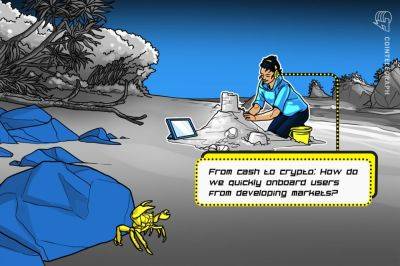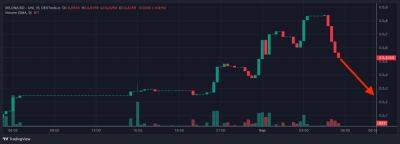Embracing adoption: Moxy.io unites Web3 gaming’s evolution beyond tokenization
In a crowded Web3 gaming market vying for adoption, a fresh approach suggests that industry players must surpass mere tokenization of Web2 elements.
The joy of playing video games began in the 1950s on large, analog computers. Since then, video games have become more accessible than ever before. German online platform Statistia, which specializes in data collection and visualization, reports that 27% of survey respondents in the United States spend 1 to 5 hours a week playing games, while 11% spend 11 to 15 hours.
While critics are quick to point out how much time people waste playing games, gaming has many cognitive benefits in moderation, according to the Economic Times. These benefits are hard to quantify when gamers don’t truly own their progress or have anything tangible to show for their efforts. These games typically exist on centralized platforms, where one party, typically a large conglomerate, owns the game data and assets rather than the player, giving them total control over the progress and outcomes of participation. As a result, the biggest limitation in the market noted today is striking a balance between providing tangible benefits from gaming that carry over into the real world and ensuring an entertaining experience.
Web3 gaming effectively became the solution by giving actual ownership through in-game assets and giving monetary value to rewards via cryptocurrencies that have value outside the game’s constructs. While this makes sense conceptually, it is the execution that is lacking.
The current state of Web3 offerings demonstrates a significant shift in player experience and game development, creating a widening gap between Web2 and Web3 amid impeding widespread adoption.
However, Moxy, an on-demand
Read more on cointelegraph.com

